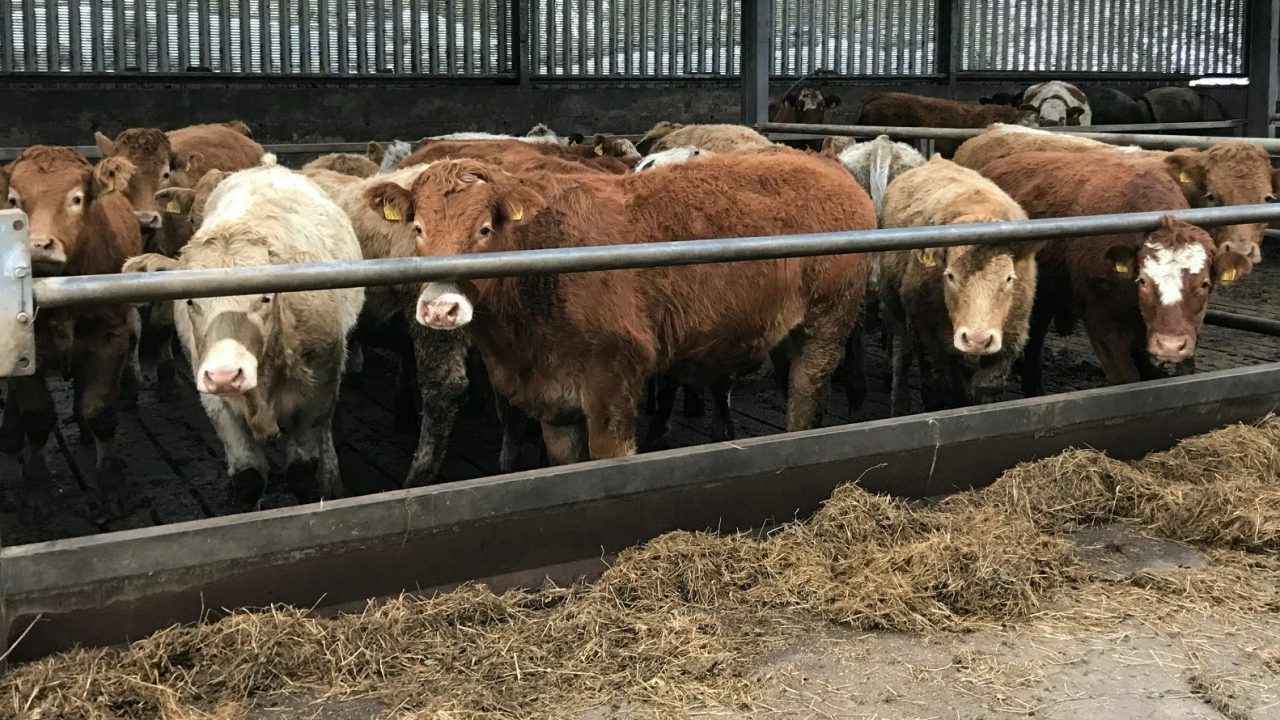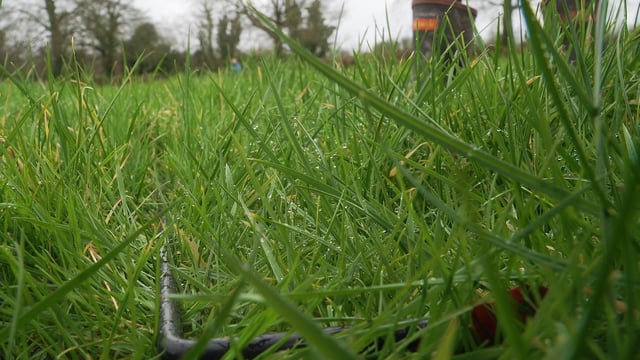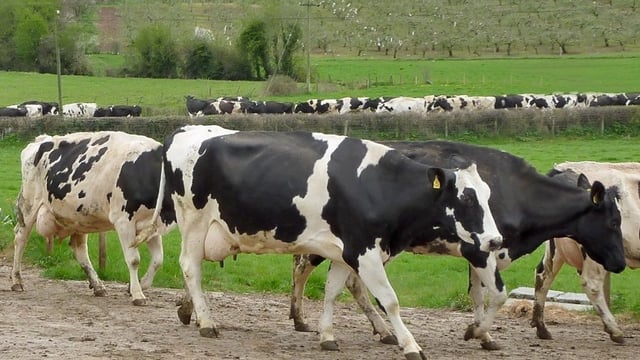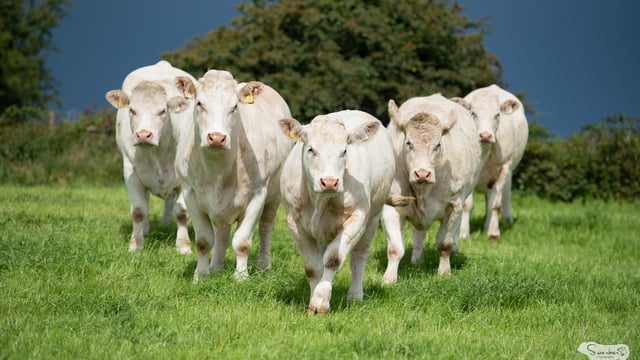Beef trials look at effect of different finishing systems
Livestock researchers from Teagasc Grange, Co. Meath, recently conducted a study focusing on the effect of forage or concentrate beef-finishing systems on farm profit, carbon footprint, land use, and meat nutritional value.
As part of the study, the effect of different beef production systems on steer performance, land use, farm economics and greenhouse gas (GHG) emissions was evaluated.
The beef cattle used for the study were eight-month-old, suckler-bred, spring-born, Limousin and Charolais steers with an average weight of 333kg. These cattle were divided into three systems.
The three systems the cattle were finished in were:
- Grain: Grass silage plus 1.2kg concentrate dry matter (DM) over the first winter (148 days), followed by pasture until August (123 days), then finished indoors on ad-lib concentrates for 120 days and slaughtered at 21-months-of-age in December ;
- Silage + grain: This system was similar to the grain system but cattle remained at pasture until October (196 days), then finished indoors on grass silage ad-lib plus 3.5kg concentrate DM for 124 days and slaughtered at 24-months-of-age in March;
- Forage: For this system, cattle received grass silage-only over the first winter (148 days) and remained at pasture until October (196 days), silage-only over the second winter (140 days) and finished on pasture in June (97 days) and slaughtered at 28-months-of-age.
The mean target carcass weight was 390kg for each system and all three groups of cattle were finished as steers (bullocks).
The total concentrate DM intakes were:
- Grain: 1,187kg/head;
- Silage+grain: 606kg/head;
- Forage: 0kg/head.
The researchers who conducted the study were: Peter Doyle; Edward O’Riordan; Mark McGee; Paul Crossan; and Aidan Moloney.
The research found that profitability was greatest for the forage system and did not differ between the grain and silage + grain systems.
The forage system required the greatest land area but the meat produced had the highest concentration of desirable omega-3 polyunsaturated fatty acids.
The grain finishing system had the lowest GHG emissions/animal and per kg of carcass weight, and required the least area of land.
The Teagasc researchers concluded: "There were inverse relationships between profitability, land use and GHG emissions intensity among different steer production systems, with each system having distinct advantages and disadvantages."





